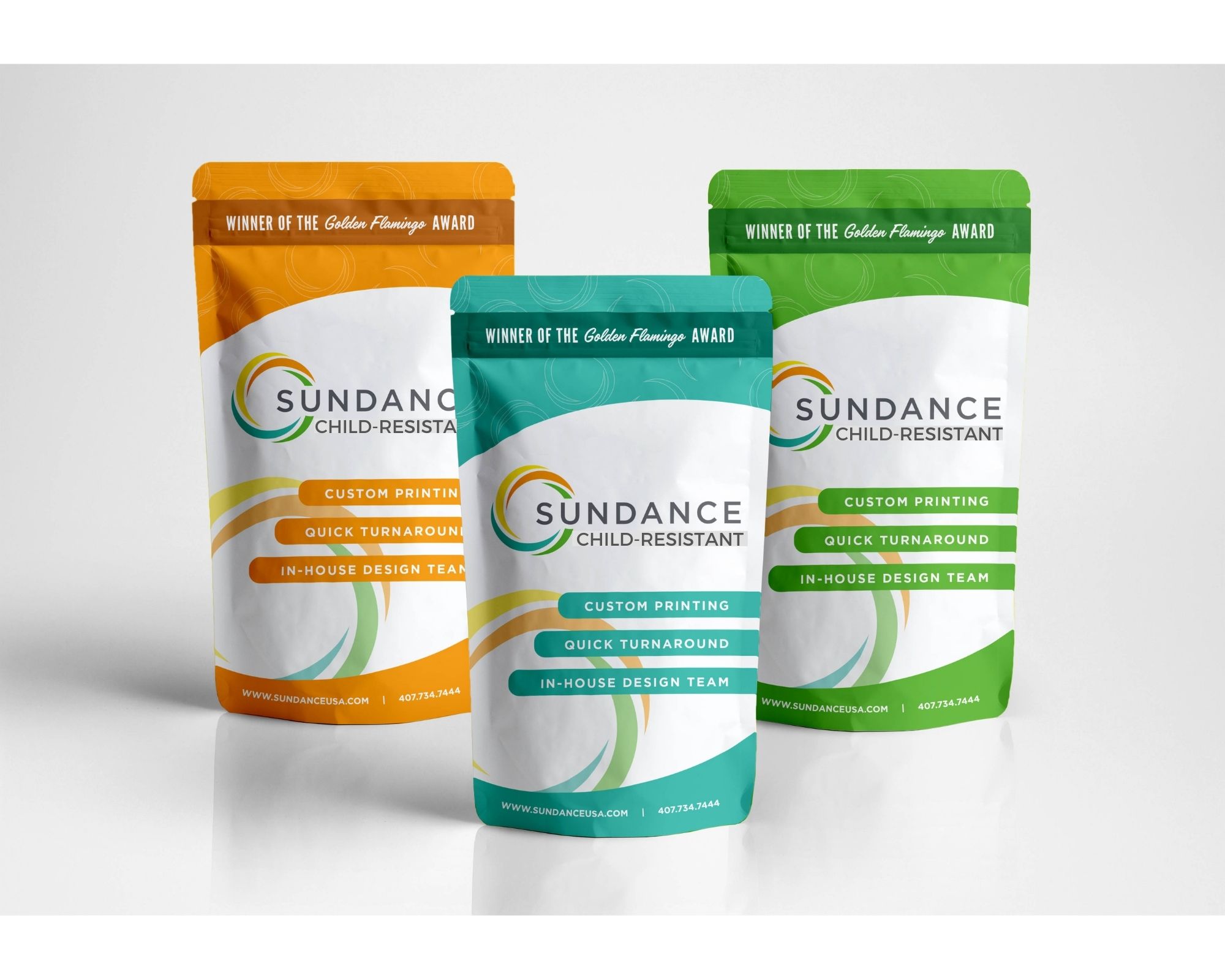Understanding Yield Variation in Flexible Packaging
Why Does My Flexible Package Weigh Differently or Feel Thicker?
Understanding Weight & Feel Variations in Stand-Up Pouches & Flexible Packaging
At SunDance, we specialize in high-performance flexible packaging for food, beverage, nutraceutical, and consumer goods brands. A question we often hear from our customers is: “Why does one pouch weigh a little more—or feel stiffer—than another, even though they’re made from the same materials?” The answer lies in normal, expected variations in both the materials and production processes that affect weight and “feel”—without affecting the pouch’s functionality, shelf life, or quality.
Key Factors That Impact Pouch Weight & Feel
Flexible packaging is made by laminating multiple layers of materials—each playing a specific role. Here’s an example of the typical structure used in many stand-up pouches:
| Layer | Purpose | Approx. Contribution (gsm) |
| BOPP Film (0.6 mil) | Clarity, print surface | ~5.5 |
| EVA Heat Seal Layer (0.4 mil) | Heat-seal performance | ~3.5 |
| CMYK Ink (HP Indigo 25K) | Branding graphics | ~1.2 |
| 2x White Flood Coat Ink | Opacity, bright white background | ~4.8 |
| PET Film (48 gauge) | Strength, barrier properties | ~17.5 |
| Solventless Adhesive | Bonding layers together | ~1.0 |
| LDPE Film (4.0 mil) | Seal strength, product protection | ~37.5 |
These layers are laminated together, and even tiny changes in their thickness or density can lead to small—but noticeable—differences in both weight and feel.
Why Do These Differences Happen?
- Film Manufacturing Tolerances: BOPP, PET, and LDPE films can have slight variations from production lot to lot, despite being tightly controlled.
- Extrusion Coating: EVA heat-seal layers may vary slightly based on coating conditions.
- Ink Coverage & Design Choices: Adding more white ink, often to brighten graphics, increases both weight and stiffness. Inks can also subtly affect how rigid or “thick” a pouch feels to the touch.
- Lamination Process: While adhesives contribute minimal weight, even slight changes in coating add up across the total pouch area.
Example: Let’s look at a real case involving one of our clients’ 3-ounce (85g) seasonal snack packaging:
- Seasonal Run 1: Standard CMYK graphics (no white ink)
- Seasonal Run 2: CMYK graphics + two flood coats of white ink for brighter branding.
The pouch with extra white ink weighed about 1 gram more and felt slightly stiffer to the touch. Both versions were fit for use and met all specifications. The differences in production methods were purely aesthetic and did not impact sealing, product safety, or shelf life of the products.
What Should Brand Owners & Retail Buyers Know?
It’s common for flexible packaging to have minor differences in weight or feel between production runs, especially when graphic elements like white ink are added.
Here’s what really matters:
- Your package is still consistent, protective, and food-safe.
- All versions meet the same sealing, shelf life, and performance standards.
- Differences in “feel” or weight are normal and mostly cosmetic.
Have More Questions?
Our SunDance packaging team is happy to explain these details and help you navigate flexible packaging confidently. Contact us today to discuss your next packaging project!
